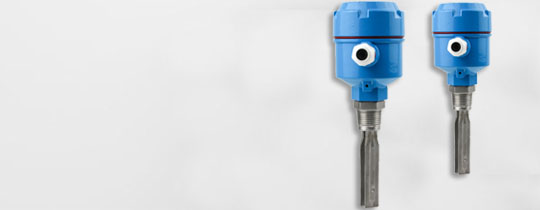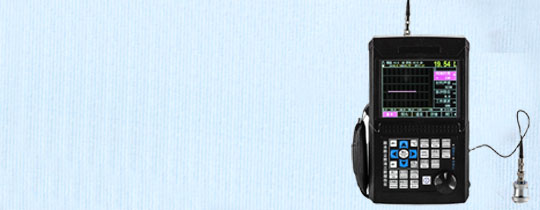
Tilt Switch 21-59-NM-2521-59-NM-25
High level rod tilt switch Tilt Switch 21-59-NM-25, also known as coal flow switch, mercury switch, material level switch, coal blockage switch, and material level detector. It is a simple structure, convenient to use, safe and reliable material flow and level detector. It is small in size, easy to install, sturdy and corrosion-resistant. Usage: Blockage detector at chute or junction; Conveyor belt deviation detector; Dumper unloading probe; Used for detecting material shortage or absence in belts and vibrating feeders.
- Tilt Switch 21-59-NM-25
- ZHUOXIN
- 24-380v
- IP65
- TT, Paypal, Credit card, Western union
- +86-15163766288
- High level rod tilt switch Tilt Switch 21-59-NM-25, also known as coal flow switch, mercury switch, material level switch, coal blockage switch, and material level detector. It is a simple structure, convenient to use, safe and reliable material flow and level detector. It is small in size, easy to install, sturdy and corrosion-resistant. Usage: Blockage detector at chute or junction; Conveyor belt deviation detector; Dumper unloading probe; Used for detecting material shortage or absence in belts and vibrating feeders.
Description

High Level Rod Tilt Switch 21-59-NM-25 High Level Rod Tilt Switch 21-59-NM-25 High Level Rod Tilt Switch Features: 1. It can be used in harsh environmental conditions. Due to the sealed nature of the mercury switch, the internal mercury is isolated from the outside, making it suitable for use in environments with oil, steam, dust, and corrosive gases. 2. The external force required for connection and disconnection is small. Mercury is the only metal that can maintain a liquid state at room temperature. Its surface tension and specific gravity are relatively high. As long as a slight external force is applied to tilt the mercury switch, the mercury can move, enabling the switch to turn on and off. 3. Mercury has good conductivity, and the contact resistance between mercury switch electrodes is generally less than 100mΩ. 4. The allowable current for mercury switches depends on the material of the electrode. Magpie wire electrodes allow a current of 10A, while general alloy wires allow a current of 1A. 5. Due to the fact that the on-off of the mercury switch is determined by the gravity of mercury, it can operate reliably for a long time. 6. The contact point of the electrode is liquid contact, without any noise. 7. Due to the ability of mercury to flow, as long as the acceleration reaches the set value or above, the mercury switch can be turned on or off, making it a sensitive component for vibration. 8. Small in size, diverse in form, and fully sealed devices. 9. Simple structure and low price. Working principle: When a vertically suspended tilt switch is subjected to external force and deviates from the vertical position by more than 15 degrees, the internal contacts of the switch will act, and the normally closed contacts will open (or the normally open contacts will close). After the external force is removed, the tilt switch returns to the vertical state, and the contacts close (or open) again. Using the changes in the opening and closing of the internal contacts of the tilt switch to determine the working condition of the equipment, in order to take timely measures and protect the equipment. Technical parameters of the tilt switch: standard ST-20 20-39 20-39-25, KBC-2201, rated contact: 24V/220VAC/2A2, rated temperature: -20-100 ℃ (customizable 200 ℃) 3. Shell material: stainless steel 4. Cable length: 6000mm (customizable) 5. Probe length: 180mm6, total probe length: 210mm7, tail connection thread: M20× 1.5× 508. Product weight: 1.2kg; LJG5C4/20BN2 LJG5C4/20AN2 LJG5C4/22BN2 LJG5C-4/22CN2 JCW-40N GDK-50 YT-523B GD-GH50W SG-3020A SH-2020 JKD1-J-D12 JKS-J-D E2K-C25ME1 LJ1-24 LJ2L-15-4/121 LJ2-10/211 LJ2-15/211 JWK24-D10P JWK24-A10P JWK12-D5P JWK12-A5P LXJD-2D LXJ3-15/TH
Tags
Get the latest price? We'll respond as soon as possible(within 12 hours)

















